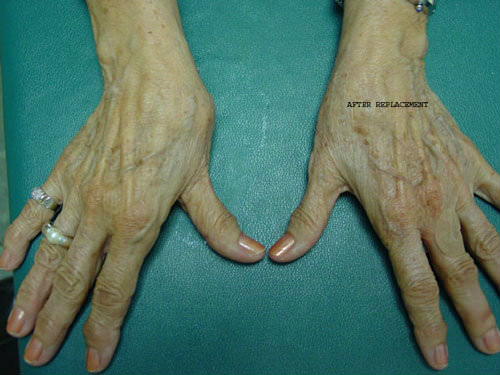The wrist is made up of eight small bones and the two forearm bones, the radius and ulna.
The bones come together to form multiple large and small joints. At each joint, the ends of the bones are lined with a very smooth covering (cartilage). The bones are held together by ligaments. The shape and design of these joints allow the wrist to bend and straighten, move side-to-side, and rotate, as in twisting the palm up or down.
A wrist fracture may occur in any of these bones when enough force is applied to the wrist, such as when falling down onto an outstretched hand. Severe injuries may occur from a more forceful injury, such as a car accident or a fall off a roof or ladder. Osteoporosis, a common condition in which the bone becomes thinner and more brittle, may make one more susceptible to getting a wrist fracture with a simple fall.
The most commonly broken bone of the wrist is the radius.
Many people think that a fracture is different from a break, but they are the same. When the wrist bone is broken, there is pain, swelling, and decreased use of the hand and wrist. Often the wrist appears crooked and deformed. Fractures of the small wrist bones, such as the scaphoid, are unlikely to appear deformed.








